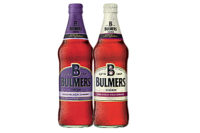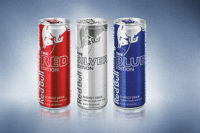Liquid concentrates spread from America to Europe, Asia
Beverage Industry to explore global beverage trends in May 2014 issue

Hard ciders were popular in the United Kingdom for years before reaching the mainstream U.S. market. Likewise, stevia was used as a sweetener in Japan for decades before getting approval as a safe food additive in the United States in the form of Rebaudioside A, according to Cargill. Many trends are born overseas and eventually make their way to the U.S. market. But that doesn’t mean Americans can’t be trendsetters too.
Noting that U.S. consumption of liquid concentrates grew 85 percent last year, a recent report by Zenith International suggests that the United Kingdom, France, Germany, Italy and China could be next. These countries were identified as the greatest prospects for liquid concentrates by the global food and drink consultancy.
After speaking with Edward Hsyeh, U.S. analyst for Euromonitor International, about spirits trends for this month’s Category Focus, I wonder whether Americans also could be responsible for a flavor surge in alcohol beverages overseas in the future. During our interview last month, Hsyeh mentioned that, as a whole, flavor innovation within vodkas and whiskeys has been unique to the United States. Outside of the United States, consumption of vodka and whiskey has been engrained in many cultures, so much so that adding flavor to a spirit could be seen as tainting it, he said. However, as innovative products like liquid concentrates begin to make a mark on consumers overseas, perhaps flavored spirits could gain acceptance as well.
These global trends and others will be discussed next month in our Special Report, so don’t miss it!
Looking for a reprint of this article?
From high-res PDFs to custom plaques, order your copy today!







